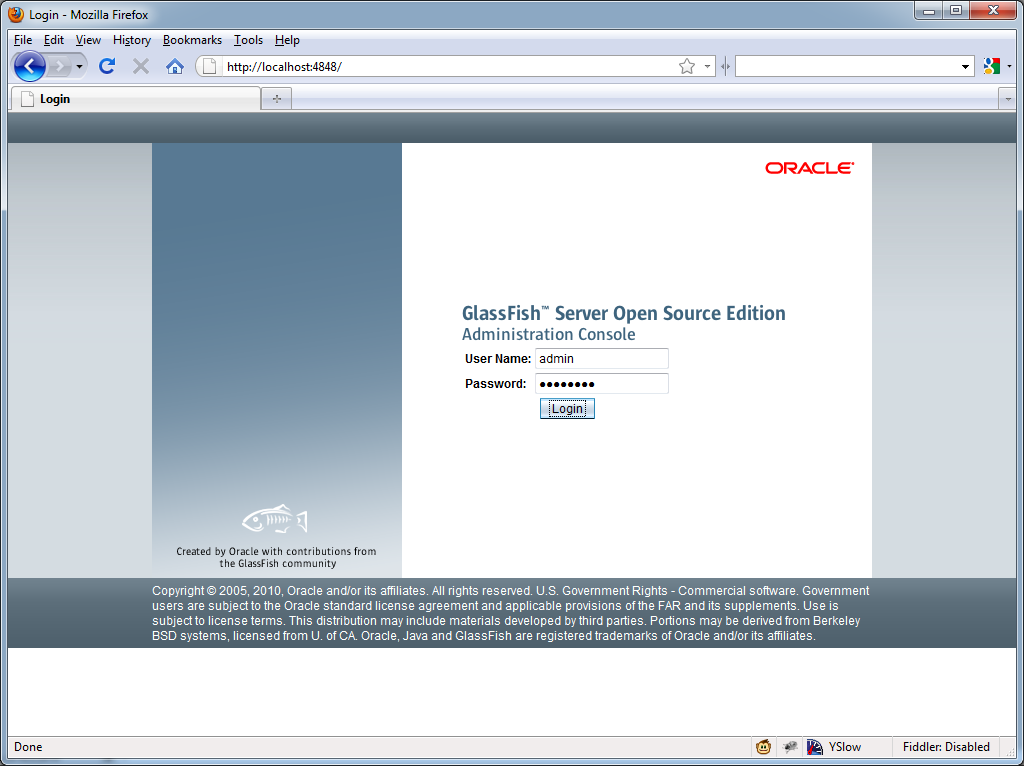


This is also the case for strings, where aside from unbounded strings all strings have a fixed length.Īt run-time, errors such as illegal memory accesses, buffer overflows, range violations, off-by-one errors, and array access can be tested. In Ada, the programmer is required to explicitly name closing statements for blocks and state the range that a variable can take on. Ada doesn’t define standard types like int or float, but instead requires that one creates types with a specific range from the beginning.
ADA READ FILR BACKWARDS CODE
Instead, one has to explicitly convert between types, which promotes good design by preventing the mixing of types because ‘they are the same anyway’.Īnyone who has wrestled through the morass of mixing standard C, Linux, and Win32 type definitions can probably appreciate not having to dig through countless pages of documentation and poorly formatted source code to figure out which typedef or macro contains the actual type definition of something that just exploded half-way through a compile or during a debug session.Īda adds further layers of defense through compile-time checks and run-time checks. The major benefit of this is that if one were to change the type definition later on, it would not suddenly make a thousand implicit conversions explode throughout the codebase. This would make the Ada compiler throw a nasty error, because ‘Integer’ and ‘MyInt’ are obviously not the same. This is valid code that will compile, run and produce the expected result with bar printing the answer to life, the universe and everything. In-Depth Defense as DefaultĪda’s type system is not merely strongly typed, but often referred to as ‘super-strongly typed’, because it does not allow for any level of implicit conversions. An intermediate selection process picked the two most promising approaches, with ultimately one language emerging as the victor and given the name ‘ Ada‘. Thus four constructors were paid to do exactly this. The outcome of that selection process was that while no existing programming languages was suited to be the sole language for DoD projects, it was definitely feasible to create a new language which could fit all of those requirements. By removing opportunities to make subtle mistakes such as those made through implicit type casting and other dangerous constructs, the code becomes automatically safer and easier to maintain. The requirements concluded that preventing programmers from making mistakes is the first and most essential line of defense. Complete definition. All parts of the language shall be fully and unambiguously defined.The language shall not be bound to any hardware or OS details. All features should be easy to understand. Easy to implement the language specification.Semantic structure should be consistent and minimize the number of concepts. Inefficient constructs should be easily identifiable. Code should be readable and programming decisions explicit. The language should aid the design and development of reliable programs. A general, flexible design that adapts to satisfy the needs of embedded computer applications.Ariane 5ES: Ada Inside (photo DLR_de CC-BY-SA 2.0)Ĭrucial in the Steelman requirements were: The result was the so-called ‘ Steelman requirements‘. To pick the new programming language, the DoD chartered the High Order Language Working Group (HOLWG), a group of military and academic experts, to draw up a list of requirements and pick candidate languages. Ada code controls rockets like the Ariane 4 and 5, many satellites, and countless other systems where small glitches can have major consequences.Īda might also be the right choice for your next embedded project.
ADA READ FILR BACKWARDS SOFTWARE
Today, software written in Ada forms the backbone of not only military hardware, but also commercial projects like avionics and air-traffic control systems. With the 1995 revision, the language also targeted general purpose systems and added support for object-oriented programming (OOP) while not losing sight of the core values of reliability, maintainability and efficiency. Instead, Ada was designed to be be a single language, capable of running on all of those embedded systems, that offered the same or better level of performance and reliability. The Ada programming language was born in the mid-1970s, when the US Department of Defense (DoD) and the UK’s Ministry Of Defence sought to replace the hundreds of specialized programming languages used for the embedded computer systems that increasingly made up essential parts of military projects.


 0 kommentar(er)
0 kommentar(er)
